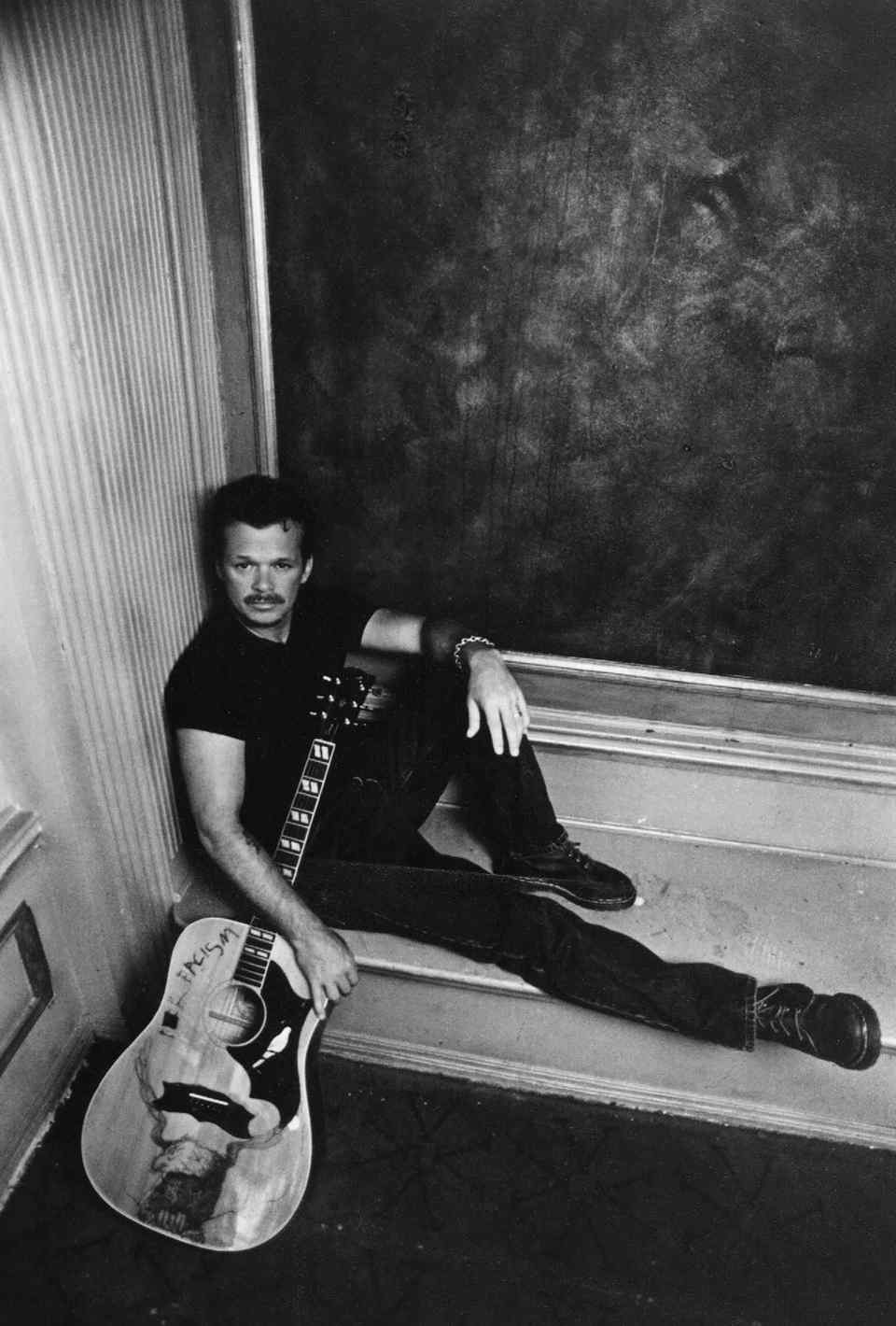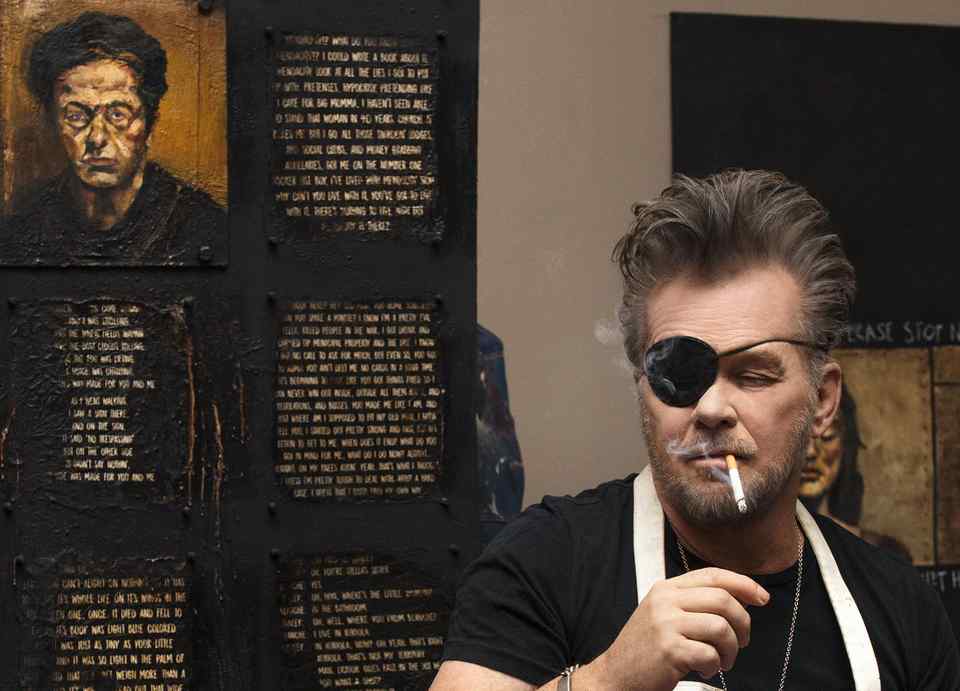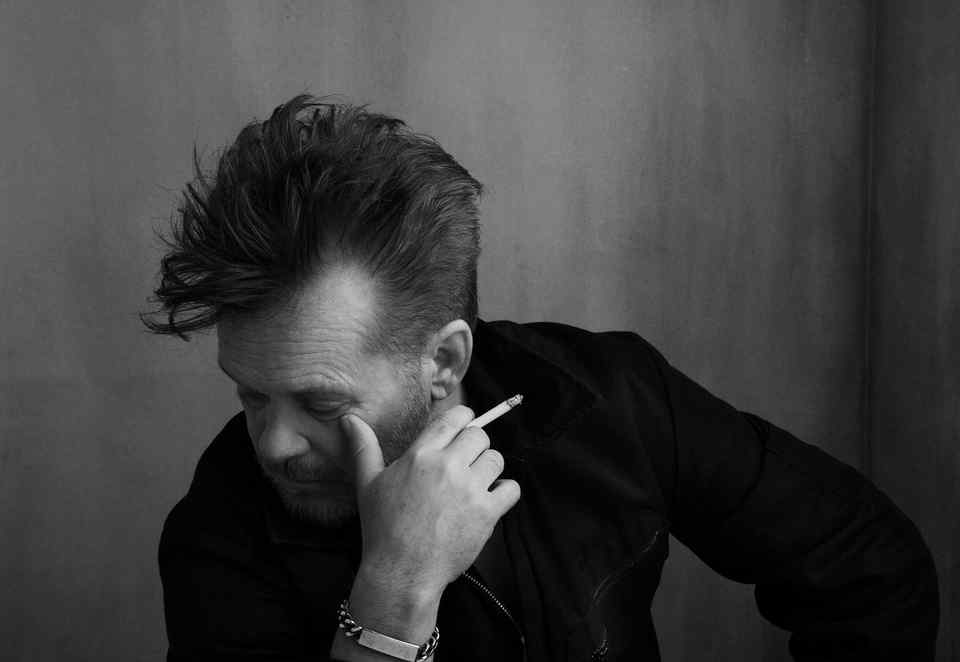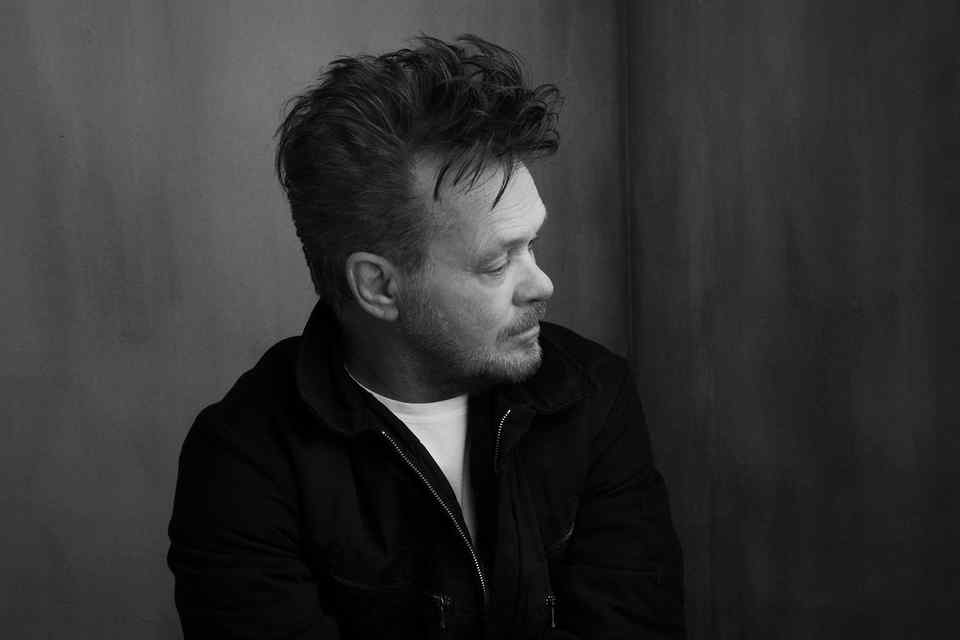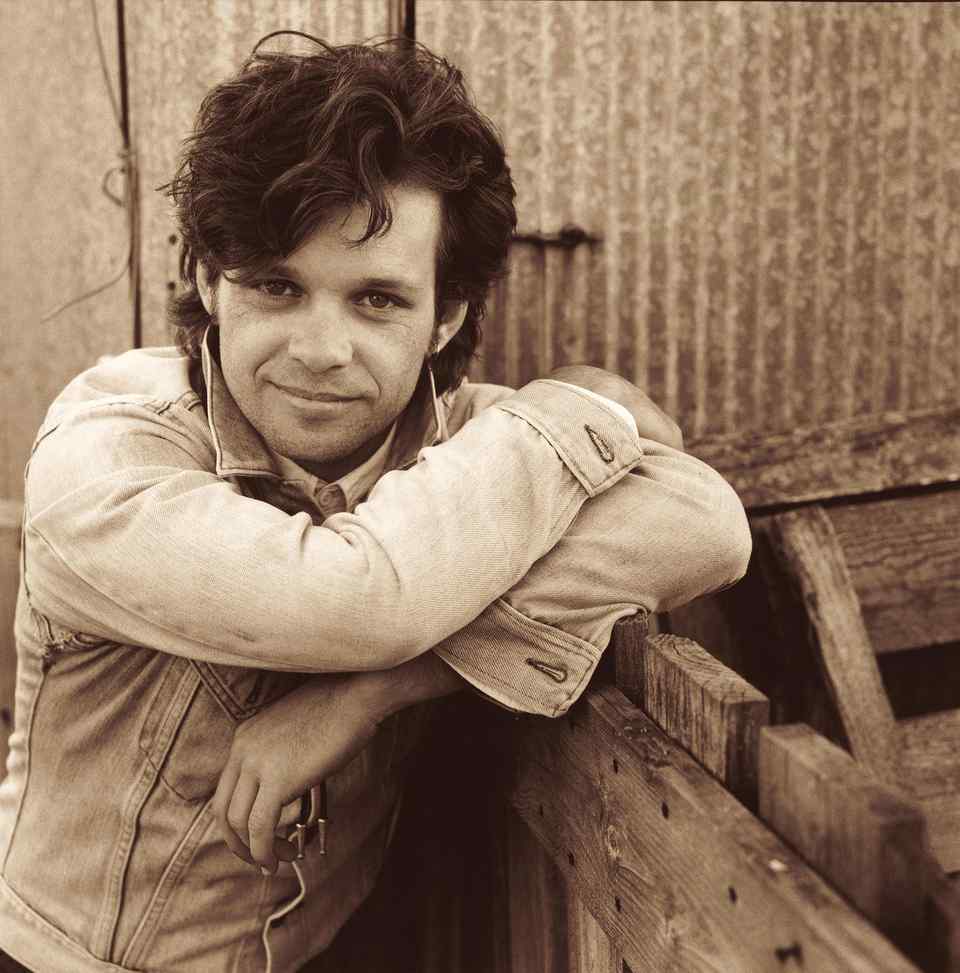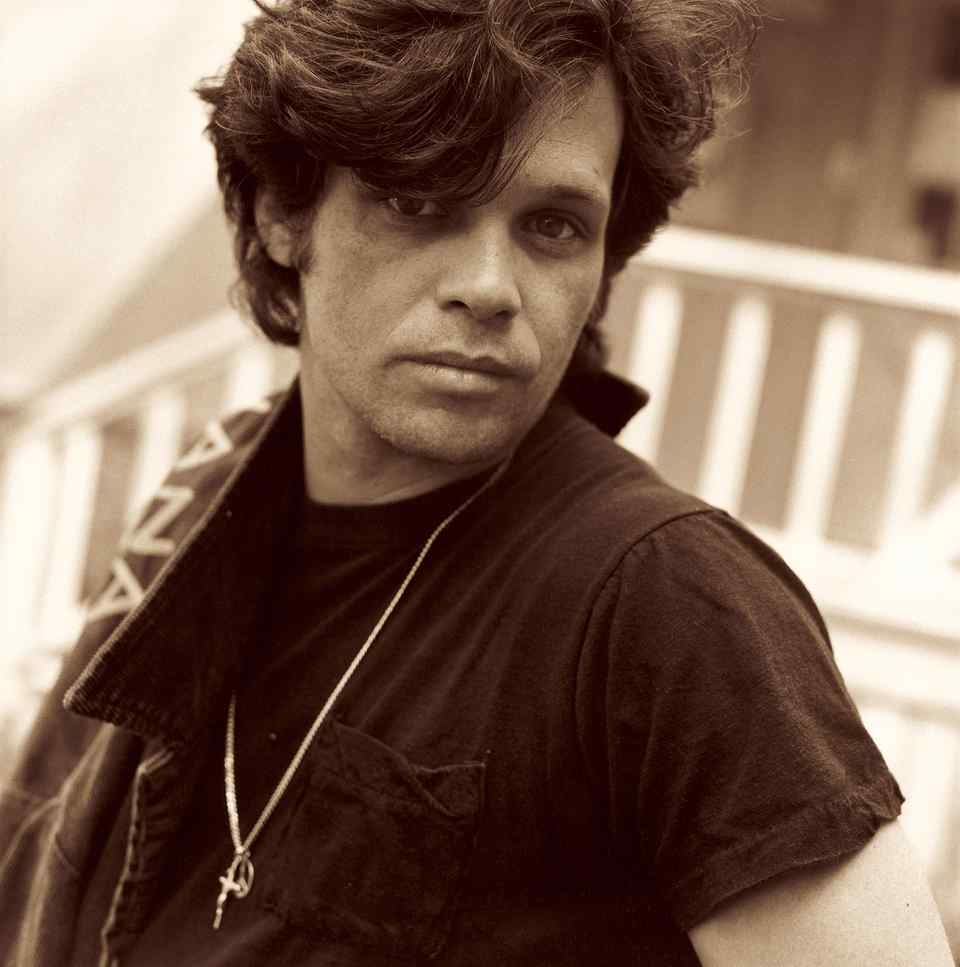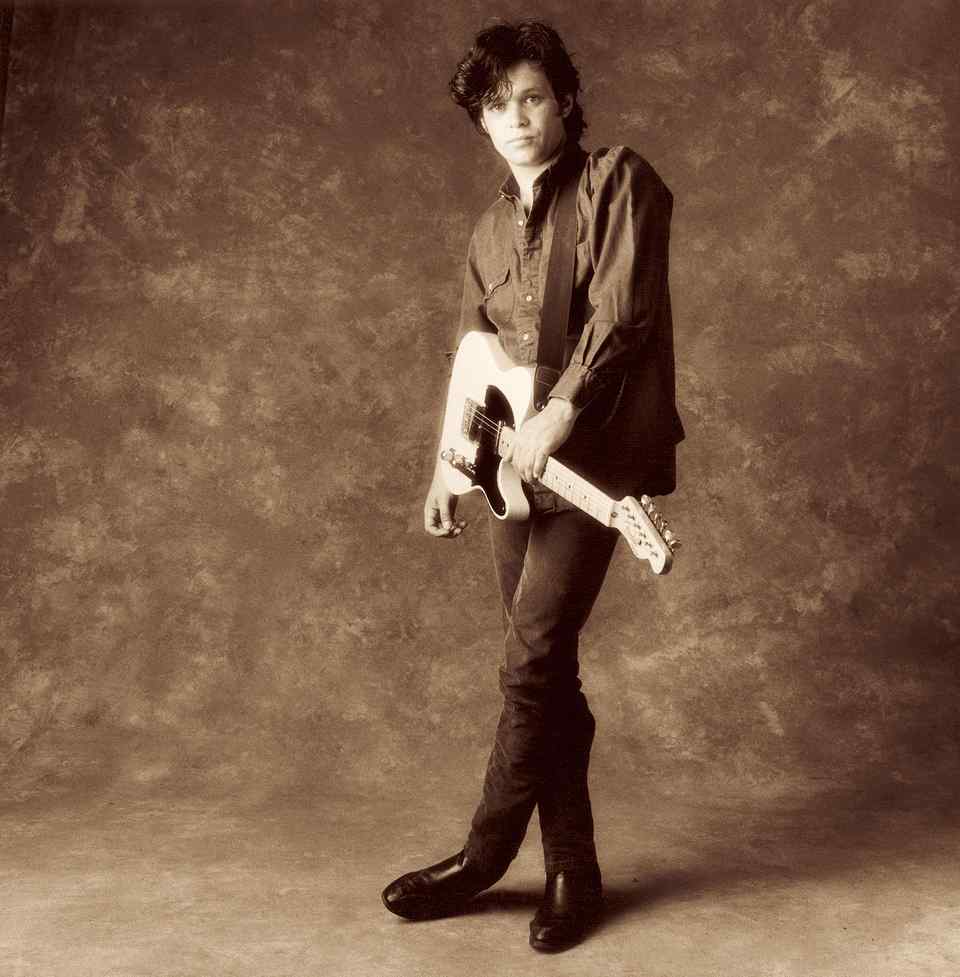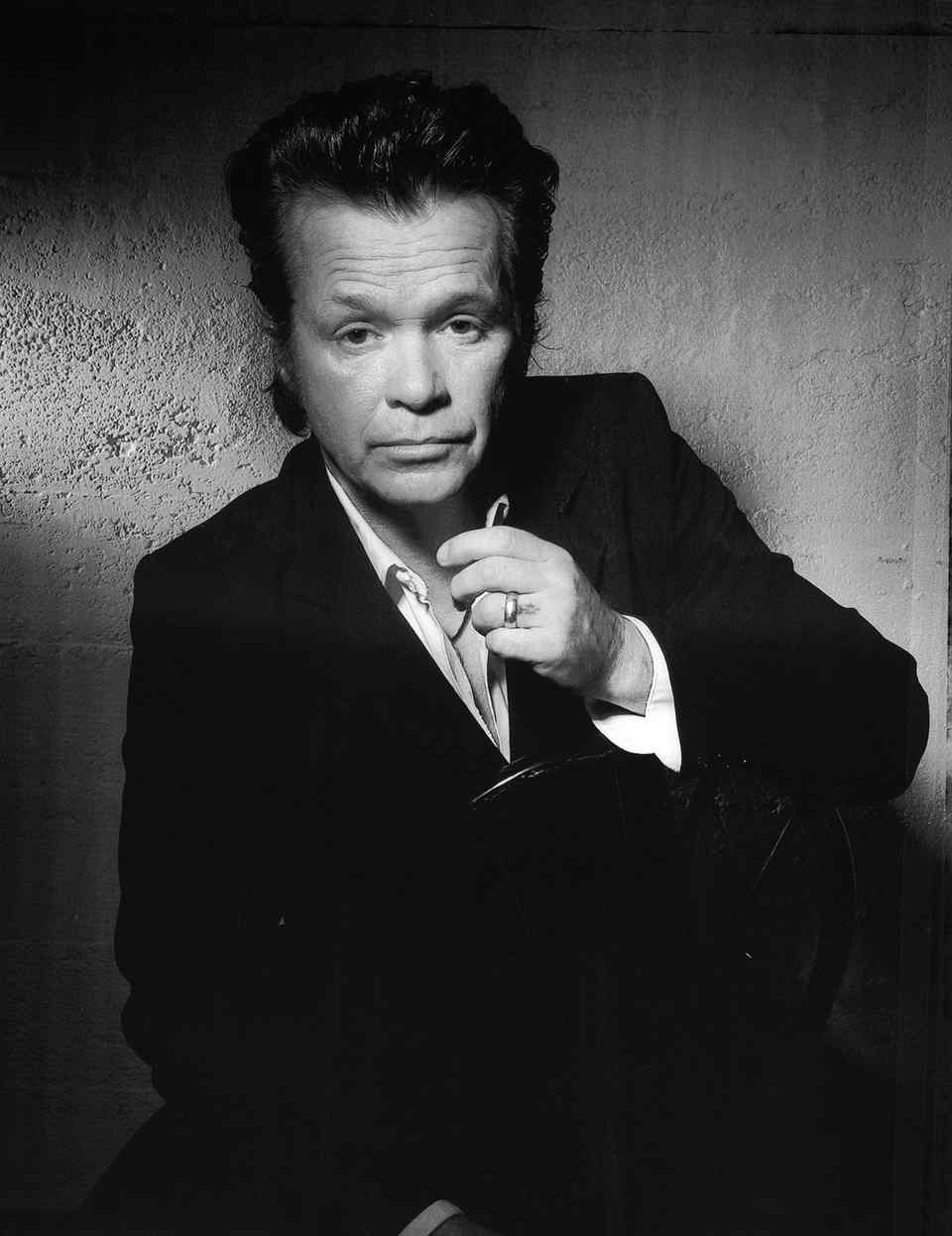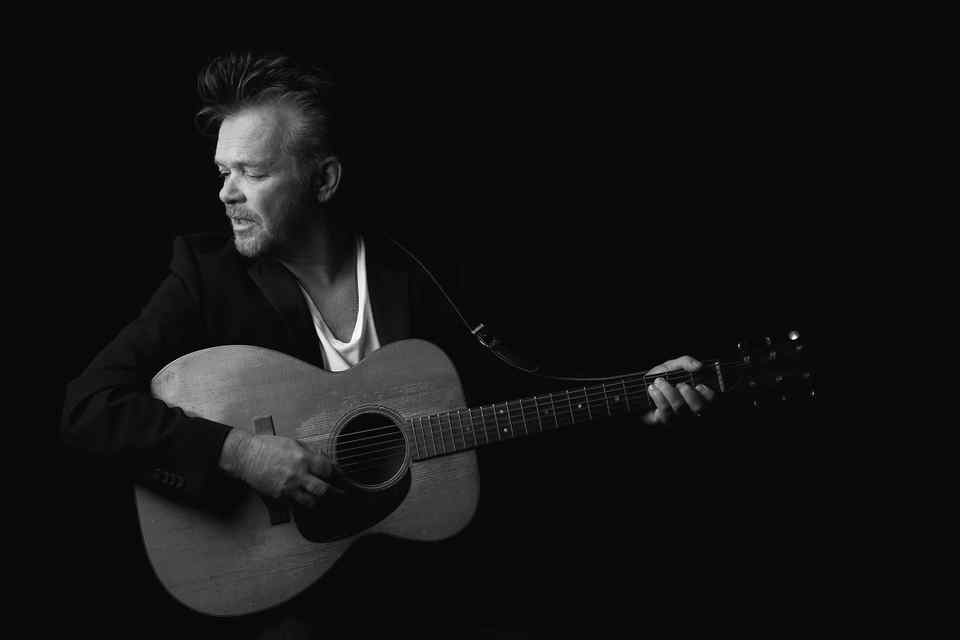Rolling Stone: John Mellencamp: 'I Write About the Human Condition, I Paint About the Human Condition'
By Adam Gold -
Rolling Stone
John Mellencamp may have made his name cutting heartland hits like "Jack and Diane" and "Pink Houses," but he also turns to painting to express himself. "It's my hobby," Mellencamp tells Rolling Stone on Thursday at a gallery reception in Nashville, where Nothing Like I Planned: The Art of John Mellencamp — a 49-painting, four-decade-spanning exhibition of his brushwork — runs through June 10th at the Tennessee State Museum.
The themes of populism, social injustice, small-town struggle and fractured relationships that reappear in the singer-songwriter's sprawling discography are, not surprisingly, also spread across his canvases. "I write about the human condition, I paint about the human condition," he says. Many of Mellencamp's somewhat surrealist works are autobiographical, depicting his children, past wives and past selves. Some are pensive character portraits depicting defeated party-goers, marginalized farmers and depressed musicians, while other pieces are harsher, more visually chaotic commentaries on racism, Hurricane Katrina, the fatal plight of smokers, censorship and religion. The work is dark and difficult – far removed from the Indiana dive bars where young, wide-eyed Jacks and Dianes still dance the night away.
The title of the exhibit, Mellencamp explains, was meant to reflect the creative process of his painting. "I'm always surprised," he says. "I always have a vague notion of what I think it's gonna be, and so many times it doesn't turn out anything like I thought it would." Lyrical imagery in songs doesn't develop so easily for him: "You can't just throw any ol' words on there and think it's gonna work," he explains.
Painting has also become a way for Mellencamp to avoid stereotype; as he sang in his 1989 hit "Pop Singer," chart success comes with artistic pitfalls. "Pop music has always been necessary," he says, "but I ran into problems; I had too many hit records. You can have too many hit records. It's not a very nice path to go down. You have a hit, you have a hit, you have a hit and then it's like, all of the sudden, that's all people think that you're good for." His artwork has proven more modest. "[I] write a song and then, generally, I've gotta take it to the next step of puttin' a band with it, recording it — there's a lot of people involved in that process," he notes. "In this process, it's just me."
As Mellencamp's handlers, family members, friends and current flame Meg Ryan mill about the gallery, the famously mercurial musician declines to address the crowd and makes a hasty exit. As he jokes before departing, "Everyone seems to like me better when I'm painting. I don't know why."
John Mellencamp may have made his name cutting heartland hits like "Jack and Diane" and "Pink Houses," but he also turns to painting to express himself. "It's my hobby," Mellencamp tells Rolling Stone on Thursday at a gallery reception in Nashville, where Nothing Like I Planned: The Art of John Mellencamp — a 49-painting, four-decade-spanning exhibition of his brushwork — runs through June 10th at the Tennessee State Museum.
The themes of populism, social injustice, small-town struggle and fractured relationships that reappear in the singer-songwriter's sprawling discography are, not surprisingly, also spread across his canvases. "I write about the human condition, I paint about the human condition," he says. Many of Mellencamp's somewhat surrealist works are autobiographical, depicting his children, past wives and past selves. Some are pensive character portraits depicting defeated party-goers, marginalized farmers and depressed musicians, while other pieces are harsher, more visually chaotic commentaries on racism, Hurricane Katrina, the fatal plight of smokers, censorship and religion. The work is dark and difficult – far removed from the Indiana dive bars where young, wide-eyed Jacks and Dianes still dance the night away.
The title of the exhibit, Mellencamp explains, was meant to reflect the creative process of his painting. "I'm always surprised," he says. "I always have a vague notion of what I think it's gonna be, and so many times it doesn't turn out anything like I thought it would." Lyrical imagery in songs doesn't develop so easily for him: "You can't just throw any ol' words on there and think it's gonna work," he explains.
Painting has also become a way for Mellencamp to avoid stereotype; as he sang in his 1989 hit "Pop Singer," chart success comes with artistic pitfalls. "Pop music has always been necessary," he says, "but I ran into problems; I had too many hit records. You can have too many hit records. It's not a very nice path to go down. You have a hit, you have a hit, you have a hit and then it's like, all of the sudden, that's all people think that you're good for." His artwork has proven more modest. "[I] write a song and then, generally, I've gotta take it to the next step of puttin' a band with it, recording it — there's a lot of people involved in that process," he notes. "In this process, it's just me."
As Mellencamp's handlers, family members, friends and current flame Meg Ryan mill about the gallery, the famously mercurial musician declines to address the crowd and makes a hasty exit. As he jokes before departing, "Everyone seems to like me better when I'm painting. I don't know why."
